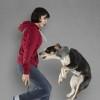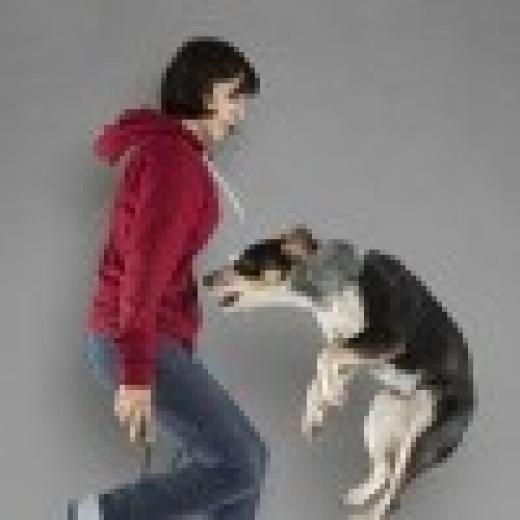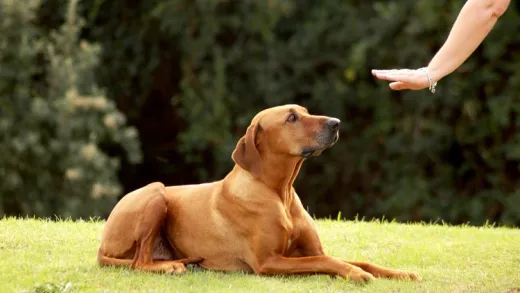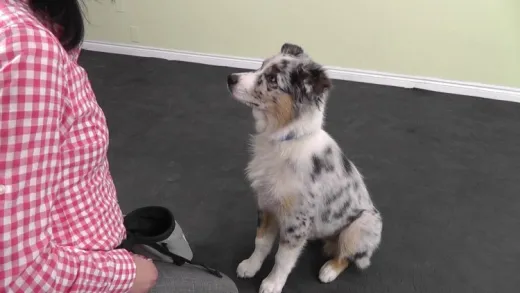Brief Summary
This course helps you train your dog to walk nicely on a loose-leash. It’s all about making walks fun and safe using positive methods and understanding why dogs pull. Say goodbye to those crazy walks!
Key Points
-
Teach your dog to walk politely on a loose-leash
-
Understand why dogs pull
-
Learn about the right equipment
-
Practice techniques and exercises
-
Use positive reinforcement and force-free training
Learning Outcomes
-
Master polite leash walking with your dog
-
Identify reasons for pulling behavior
-
Choose the right gear for leash training
-
Apply positive reinforcement techniques
-
Prevent behavior and health issues from lack of exercise
About This Course
Got a dog that pulls you off your feet? Take this course to teach your dog polite loose-leash walking.
This course is designed to teach you how to train your dog to walk politely on a loose-leash. Many dogs pull when on leash, which makes walking both unpleasant, dangerous, and harmful for both the dog and their owner.
Included in this course are lectures and video demonstrations that cover topics such as why your dog pulls, what type of equipment we should use, and specific techniques and exercises to use as you train your dog.
Dogs that learn polite leash walking are a pleasure to take out, and as a result, they enjoy exercise, freedom, and socialization. This helps prevent both medical issues caused by lack of exercise, and behavior problems caused by not getting out for a daily walk.
This class teaches polite leash walking using positive reinforcement and force-free training.






Bradley M.
Very informative and easy to follow